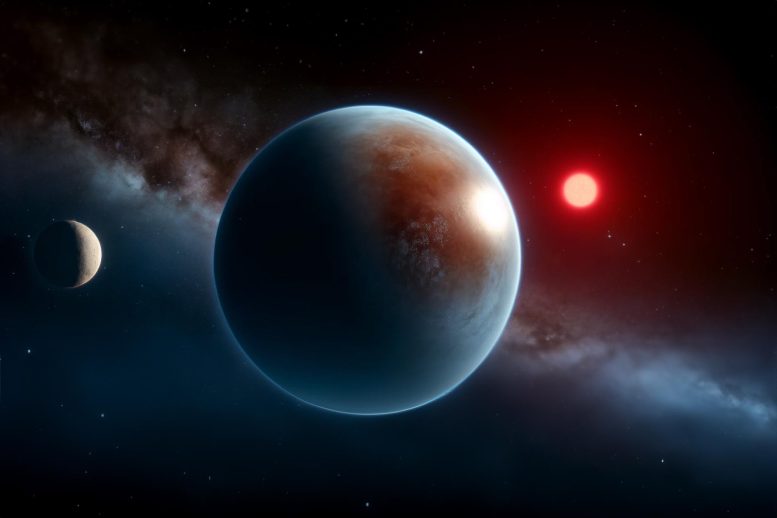
The discovery of Gliese 12 b, a planet similar to Venus and only 40 light-years away, offers new prospects for understanding life-supporting conditions in the universe. This “evil twin” receives significantly more radiation from its star compared to Earth, posing intriguing questions for future research with advanced telescopes. Credit: SciTechDaily.com
Recent findings of a Venus-like planet, Gliese 12 b, enhance our search for life-supporting planets, providing a closer look at potential “evil twins” of Earth.
The discovery of a planet similar to Venus around a star in the neighborhood of our Solar System raises hopes that astronomers may someday unlock the secret to why life appeared on Earth.
The study of life in the Universe is difficult because we have only one example of a planet where life has been confirmed: Earth. It is difficult to say which characteristics of Earth are required for life to appear, and which are irrelevant. Until we find an “Earth twin” where the conditions for life also appeared, the best astronomers can do is study “evil twins,” planets with initial conditions similar to Earth that turned out very differently, with environments unsuitable for life.
Solar System Insights and Distant Discoveries
In the Solar System, Venus and Mars provide two examples of lifeless “evil twins.” But with only two examples, there is still much uncertainty about how stringent or lax the conditions for life may be. Since the 1990s, more than 5,500 planets orbiting around stars other than the Sun have been discovered. However, most of these planets are hundreds of light years away from Earth, making it challenging to study them in detail.
Close Encounter With Gliese 12 b
In this research, the team found and characterized a new planet, called Gliese 12 b, based on data from NASA’s TESS space telescope; the MuSCAT2 and MuSCAT3 cameras, which were developed by the Astrobiology Center (ABC) in Japan and the University of Tokyo; and the Subaru Telescope of the National Astronomical Observatory of Japan. Gliese 12 b is close to the Solar System, located only 40 light-years away in the direction of the concentration Pisces. This makes Gliese 12 b an ideal target to study with NASA’s James Webb Space Telescope and future 30-m class telescopes.
Characteristics and Potential of Gliese 12 b
So far, the international team led by scientists from the Astrobiology Center in Japan, the University of Tokyo, the National Astronomical Observatory of Japan, and Tokyo Institute of Technology has figured out that Gliese 12 b has on orbital period, that is to say one year on the planet, of only 12.8 days. The planet has a radius that is only 4% smaller than Earth’s radius, and is less than 3.9 times the mass of Earth. Gliese 12 b receives 1.6 times more radiation from its host star than Earth receives from the Sun. For comparison, Venus receives 1.9 times more radiation than Earth.
Conclusion and Future Research
Based on this data, the team believes that Gliese 12 b is an “evil twin,” more like Venus than Earth. But they cannot rule out the possibility that Gliese 12 b is an “Earth twin” with liquid water on its surface. Further observations will determine if Gliese 12 b is an “evil twin” or an “Earth twin.” In either case, studing Gliese 12 b will give us a better idea of the prerequisites for a life-friendly environment to appear on a planet.
For more on this discovery, see TESS’s Newest Discovery Could Change Our Search for Alien Worlds.
Reference: “Gliese 12 b: A Temperate Earth-sized Planet at 12 pc Ideal for Atmospheric Transmission Spectroscopy” by Masayuki Kuzuhara, Akihiko Fukui, John H. Livingston, José A. Caballero, Jerome P. de Leon, Teruyuki Hirano, Yui Kasagi, Felipe Murgas, Norio Narita, Masashi Omiya, Jaume Orell-Miquel, Enric Palle, Quentin Changeat, Emma Esparza-Borges, Hiroki Harakawa, Coel Hellier, Yasunori Hori, Kai Ikuta, Hiroyuki Tako Ishikawa, Takanori Kodama, Takayuki Kotani, Tomoyuki Kudo, Juan C. Morales, Mayuko Mori, Evangelos Nagel, Hannu Parviainen, Volker Perdelwitz, Ansgar Reiners, Ignasi Ribas, Jorge Sanz-Forcada, Bun’ei Sato, Andreas Schweitzer, Hugo M. Tabernero, Takuya Takarada, Taichi Uyama, Noriharu Watanabe, Mathias Zechmeister, Néstor Abreu García, Wako Aoki, Charles Beichman, Víctor J. S. Béjar, Timothy D. Brandt, Yéssica Calatayud-Borras, Ilaria Carleo, David Charbonneau, Karen A. Collins, Thayne Currie, John P. Doty, Stefan Dreizler, Gareb Fernández-Rodríguez, Izuru Fukuda, Daniel Galán, Samuel Geraldía-González, Josafat González-Garcia, Yuya Hayashi, Christina Hedges, Thomas Henning, Klaus Hodapp, Masahiro Ikoma, Keisuke Isogai, Shane Jacobson, Markus Janson, Jon M. Jenkins, Taiki Kagetani, Eiji Kambe, Yugo Kawai, Kiyoe Kawauchi, Eiichiro Kokubo, Mihoko Konishi, Judith Korth, Vigneshwaran Krishnamurthy, Takashi Kurokawa, Nobuhiko Kusakabe, Jungmi Kwon, Andrés Laza-Ramos, Florence Libotte, Rafael Luque, Alberto Madrigal-Aguado, Yuji Matsumoto, Dimitri Mawet, Michael W. McElwain, Pedro Pablo Meni Gallardo, Giuseppe Morello, Sara Muñoz Torres, Jun Nishikawa, Stevanus K. Nugroho, Masahiro Ogihara, Alberto Peláez-Torres, David Rapetti, Manuel Sánchez-Benavente, Martin Schlecker, Sara Seager, Eugene Serabyn, Takuma Serizawa, Monika Stangret, Aoi Takahashi, Huan-Yu Teng, Motohide Tamura, Yuka Terada, Akitoshi Ueda, Tomonori Usuda, Roland Vanderspek, Sébastien Vievard, David Watanabe, Joshua N. Winn and Maria Rosa Zapatero Osorio, 23 May 2024, The Astrophysical Journal Letters.
DOI: 10.3847/2041-8213/ad3642
Funding: Japan Science and Technology Agency, Japan Society for the Promotion of Science, National Natural Science Foundation of China, Agencia Estatal de Investigación, The European Union and State Agency of Investigation of the Spanish Ministry of Science and Innovation, the Centre of Excellence “Severo Ochoa’ and“Maria de Maeztu’ award, Massachusetts Institute of Technology, Academic Mission Service, Margarita Salas Fellowship from the Spanish Ministry of Universities, Italian National Institute of Astrophysics, Swedish National Space Agency, Swedish Research Council, Deutsche Forschungsgemeinschaft, National Aeronautics and Space Administration NExSS.

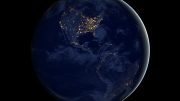
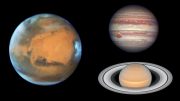
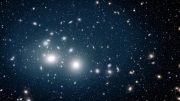
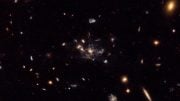



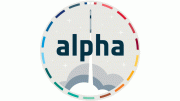
You have the answer, and this is not a joke The.God of Israel the father of the Lord Jesus created the the thing and now He’s coming back for his children.If You think this is not to real at least investigate it first before you make a decision, eternity is a long time make the the right decision I beg you to please check ✔️ it out time is getting short.call. Mr 7479228244 RIC ROOHERE I don’t know All the answer’s but I can get you right direction hurry I want to
see you in Heaven ill pray 4 all of. You GOD BLESS you
Planet-Fans ,
Give recent observations of the innermost Trappist-1 planets , it is quite likely that Gliese 12b is either airless or possessed of a low-density atmosphere .
At an orbital distance of only 6.million miles , this planet is assuredly tide-locked , evincing desert-hot temperatures on it’s sunward side and extremely low temps on it’s dark side .
If present , atmospheric super-rotation should moderate these thermal extremes , resulting in something closer to Earth’s low-latitude deserts such as the Sahara Desert .
The likely minimal magnetic-field and high-radiation near-planet space-environment mean that the planet’s atmospheric water-vapor has probably been dissociated and the hydrogen lost to space . Some abiotic “fossil” oxygen however , is likely to have remained , and may even be concentrated enough to breathe unaided . If the darkside temperatures are low enough , then whatever CO2 the atmosphere has will have frozen-out there , and will not be present in the atmosphere proper .
The above type of planet is likely common , and could be thought of as “condo-worlds” , immediately livable and just waiting for colonists to develop a way to get to them .